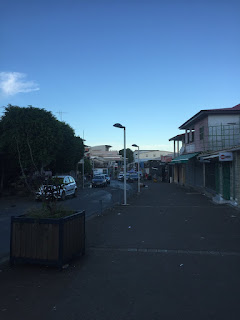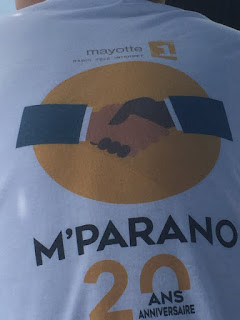Today is my last at Kilacha Production and Training Center. Over the past three weeks we have worked hard to train the accounting staff and implement QuickBooks Enterprise Edition as their accounting books and records. Looking back I am more than surprised at the amount of work that was accomplished in such a short time. My thanks go out to Troy from DC who started this project a year ago and the accommodating staff at Kilacha for their willingness to adapt to change.
Today being Thursday is also hatch and ship day for the chicks. I donned protective gear and took a tour of the hatchery this morning. Kilacha runs a laying house where eggs are collected daily; sorted and those fitting the requirements are taken to the hatchery where they are put into cold storage until placed into the first stage of the hatchery. In the first stage the eggs are trayed in a plastic rack and put into a large incubator that turns the eggs half way over every 40 minutes or so to replicate the movement they get in a nest.


At the end of the first stage the eggs are candled to determine if the fertile ones. The fertile eggs are transferred to the hatchers where they remain for another 18 days. The chicks start hatching within 4 day window ending with a batch of new chick every Thursday. The chicks are counted out and boxed a hundred each and then shipped off to be raised. The sorting and counting of chicks is a very dirty and dusty job that begins at 4 am and continues until the last of about 24,000 chicks have been boxed.


In the morning I will start my journey back home by way of the Uhuru Lutheran Hotel and a flight to Mayotte Island for days of rest and relaxation, then the journey to home.








































